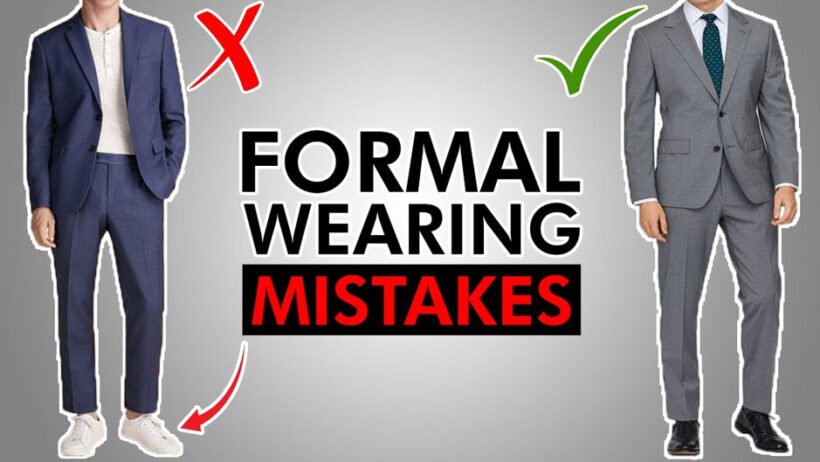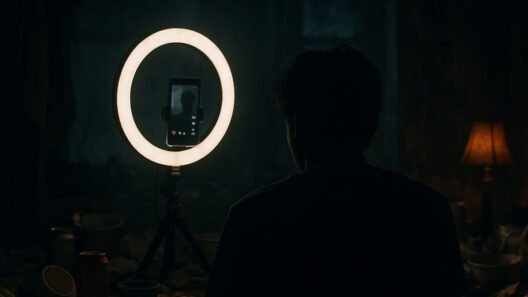We’ve all been there—you order a custom hoodie or shirt with high hopes, only to open the package and feel that sinking disappointment. Maybe the colors look off, the design is crooked, or the fit feels more like a potato sack than a statement piece. Creating custom wear is an exciting way to express identity, brand, or creativity, but it’s also surprisingly easy to get wrong.
The good news? Most of the mistakes people make when designing and producing custom clothing are totally avoidable. Whether you’re a small business owner, a creative professional, or simply someone who wants to bring a personal idea to life, knowing what not to do can save you time, money, and a lot of frustration. Let’s walk through the most common pitfalls—and how you can sidestep them.
Mistake #1: Ignoring Fabric Quality
It’s tempting to focus all your attention on the design, but the material you print on is just as important. If you’ve ever worn a stiff, scratchy shirt that felt uncomfortable after 10 minutes, you know the struggle. A poor fabric choice will not only feel unpleasant but can also ruin the design itself. For example, a detailed graphic might look amazing on soft cotton but turn blurry or uneven on a synthetic blend.
Fix: Always think about the purpose of the custom wear. For casual everyday clothing, lightweight cotton works beautifully. For athletic gear, blends with moisture-wicking properties are better. Match the fabric to the function, and your design will shine.
Mistake #2: Overcomplicating the Design
It’s easy to get carried away when you have endless color palettes, fonts, and graphics at your disposal. But too many elements crammed into one shirt or hoodie can overwhelm the eye and muddy your message.
Think of some of the most memorable shirts you’ve seen—often, they’re simple. A clever phrase in a bold font. A single logo in the right spot. A striking color contrast that makes you look twice. Less is almost always more.
Fix: Focus on clarity. Ask yourself: “If someone sees this design for three seconds, will they understand it?” If the answer is no, refine until it’s unmistakable.
Mistake #3: Choosing the Wrong Colors
Color is powerful—it can energize, calm, inspire, or even repel. But when used incorrectly, it can also sabotage a great design. Common mistakes include picking colors that clash, choosing shades that don’t stand out against the fabric, or overlooking how colors will look once printed versus on a screen.
Technology makes this trickier, too. On your computer, neon pink might pop brilliantly. Printed on fabric, though, it could look dull or muted. Always remember that screens use RGB (red, green, blue) color systems, while printers work with CMYK (cyan, magenta, yellow, black), which can alter the final result.
Fix: Stick to a consistent color palette, and test how it looks on the actual garment color you’re using. Many online design tools allow you to preview your design in different fabric shades—take advantage of that feature before you finalize.
Mistake #4: Forgetting About Placement and Size
You might create an amazing design, but if it’s placed awkwardly on the garment, the whole piece will feel “off.” A design printed too high can look like it’s choking the neckline, while one too low might seem like it’s sliding into the belly area. Similarly, going too big or too small throws off the balance.
Fix: Visualize proportion. For shirts, designs typically work best centered on the chest or slightly above the midline. Hoodies might need adjustments because of zippers and pockets. Always use mockups to gauge placement before hitting “print.”
Mistake #5: Ignoring Your Audience
Designing custom wear isn’t just about what you like—it’s about what your audience will actually want to wear. Businesses often make the mistake of plastering a large logo across a shirt, thinking it will promote their brand. In reality, most people don’t want to walk around as a walking billboard unless the design feels cool, stylish, or meaningful.
Fix: Think about your audience’s perspective. If you’re creating custom wear for a sports team, prioritize bold, motivational designs. For a music festival, go for something trendy and vibrant. For professional events, a sleek and minimal approach works best.
Mistake #6: Cutting Corners on Printing Methods
Not all printing methods are created equal. Heat transfers, vinyl, screen printing, and digital printing each come with their pros and cons. Choosing the cheapest option may save you money upfront, but if the design cracks, peels, or fades after one wash, you’re left with a low-quality product that reflects poorly on your brand.
Fix: Research your options. If you want durability and vibrancy, screen printing is a solid choice, especially for larger orders. If you’re experimenting or producing a few items, digital printing offers flexibility. Some people even experiment with custom screen printed t-shirts at home to combine affordability with creativity. Just make sure you understand the trade-offs before committing.
Mistake #7: Forgetting About Fit
You can nail the design, colors, and printing method, but if the clothing doesn’t fit well, no one will want to wear it. Fit plays a massive role in whether custom wear becomes a wardrobe favorite or ends up in the back of the drawer.
Fix: Offer multiple size options and, if possible, test the garments yourself before ordering in bulk. A unisex medium in one brand may feel drastically different than in another. Comfort and fit are what keep people coming back to wear your creations again and again.
Mistake #8: Overlooking Technology as a Tool
Today’s design tools make it easier than ever to avoid many of these mistakes—but only if you use them wisely. From online mockups to AI-driven color pairing suggestions, technology gives you the ability to preview and refine designs before a single shirt is printed. Yet many people skip this step, rushing into production and regretting it later.
Fix: Embrace tech as your safety net. Use digital previews to test designs on different backgrounds. Experiment with variations quickly before narrowing down to the final version. Technology can’t replace your creativity, but it can enhance it and help you avoid expensive errors.
Conclusion: Creating Custom Wear That Lasts
Making custom wear should be exciting, not stressful. By steering clear of these common mistakes—choosing poor fabrics, overcomplicating designs, misusing color, neglecting placement, ignoring your audience, skimping on printing quality, overlooking fit, and skipping tech previews—you set yourself up for success.
The best custom pieces aren’t just visually appealing; they’re wearable, comfortable, and meaningful to the people who put them on. Whether you’re designing for yourself, your business, or your community, remember that every choice matters. With thoughtful planning, a touch of creativity, and a willingness to learn from others’ mistakes, your custom wear can be more than clothing—it can become a conversation starter, a memory, or even part of someone’s identity.
So, the next time you set out to create that perfect shirt or hoodie, take a moment to double-check your process. A little care goes a long way toward turning a design into something people will love—and actually wear.








